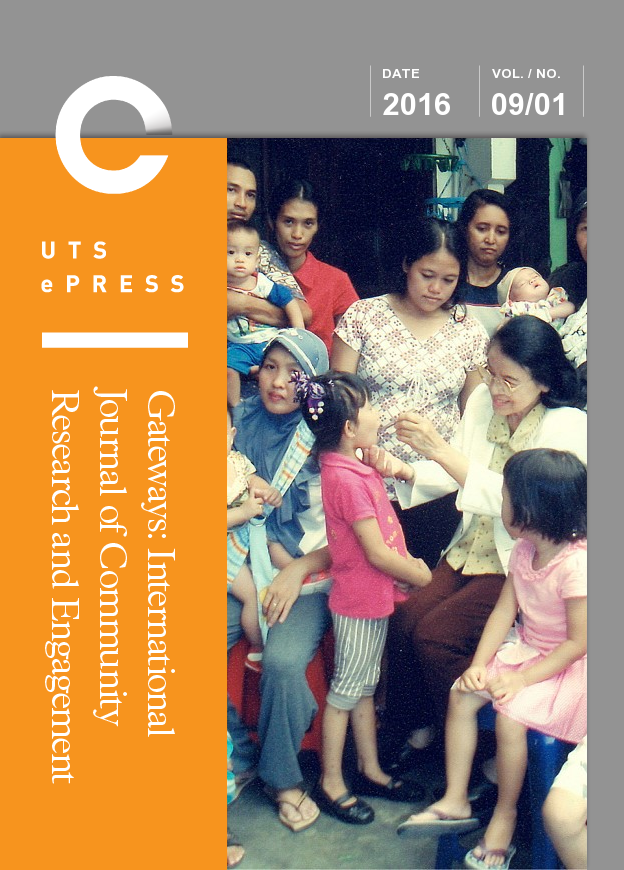Engaging youth in post-disaster research: Lessons learned from a creative methods approach
Main Article Content
Abstract
Children and youth often demonstrate resilience and capacity in the face of disasters. Yet, they are typically not given the opportunities to engage in youth-driven research and lack access to official channels through which to contribute their perspectives to policy and practice during the recovery process. To begin to fill this void in research and action, this multi-site research project engaged youth from disaster-affected communities in Canada and the United States. This article presents a flexible youth-centric workshop methodology that uses participatory and arts-based methods to elicit and explore youth’s disaster and recovery experiences. The opportunities and challenges associated with initiating and maintaining partnerships, reciprocity and youth-adult power differentials using arts-based methods, and sustaining engagement in post-disaster settings, are discussed. Ultimately, this work contributes to further understanding of the methods being used to conduct research for, with, and about youth.
Keywords: youth, disaster recovery, engagement, resilience, arts-based methods, participatory research
Article Details
Issue
Section
Authors who submit articles to this journal from 31st March 2014 for publication, agree to the following terms:
a) Authors retain copyright and grant the journal right of first publication with the work simultaneously licensed under a Creative Commons Attribution License that allows others to share and adapt the work with an acknowledgement of the work's authorship and initial publication in this journal.
b) Authors are able to enter into separate, additional contractual arrangements for the non-exclusive distribution of the journal's published version of the work (e.g., post it to an institutional repository or publish it in a book), with an acknowledgement of its initial publication in this journal.
c) Authors are permitted and encouraged to post their work online (e.g., in institutional repositories or on their website) prior to and during the submission process, as it can lead to productive exchanges, as well as earlier and greater citation of published work (See The Open Access Citation Advantage Service). Where authors include such a work in an institutional repository or on their website (ie. a copy of a work which has been published in a UTS ePRESS journal, or a pre-print or post-print version of that work), we request that they include a statement that acknowledges the UTS ePRESS publication including the name of the journal, the volume number and a web-link to the journal item.
d) Authors should be aware that the Creative Commons Attribution (CC-BY) License permits readers to share (copy and redistribute the work in any medium or format) and adapt (remix, transform, and build upon the work) for any purpose, even commercially, provided they also give appropriate credit to the work, provide a link to the license, and indicate if changes were made. They may do these things in any reasonable manner, but not in any way that suggests you or your publisher endorses their use.
For Volume 6 (2013) and before, the following copyright applied:
Articles published by UTSePress are protected by copyright which is retained by the authors who assert their moral rights. Authors control translation and reproduction rights to their works published by UTSePress. UTSePress publications are copyright and all rights are reserved worldwide. Downloads of specific portions of them are permitted for personal use only, not for commercial use or resale. Permissions to reprint or use any materials should be directed to UTSePress.
